Sleep & Well Being, Mattress Science
February 2025Is napping good for you? The secrets to daytime power napping revealed
We understand how stressful and exhausting modern life can be. Endless notifications, deadlines, demands, requirements and dependants can have you feeling tired even before Monday lunch time! Whilst it may not be easy to keep your sleep in check with our hectic lifestyles, there is a secret weapon that all high performers use to keep their energy levels consistent and their minds clear: the power of the power nap!
Now we know that not everyone has the luxury of curling up under their desk once a day, but we want to share our knowledge as the UK’s most trusted sleep and bed experts so that if the chance arises, you can start to revel in the secrets of power napping! Let’s jump in with understanding what a power nap is.
What is a Power Nap?
A power nap is a short nap lasting between 10 to 30 minutes, designed to refresh your mind without leaving you groggy. Unlike longer naps, which can push you into deep sleep and make waking up difficult, power naps focus on the lighter stages of sleep, giving you a quick mental reset.

The effectiveness of power naps is linked to their duration. Naps of 10 to 20 minutes allow individuals to rest without entering deeper stages of sleep, thereby preventing sleep inertia—a state of grogginess and impaired performance upon waking.
Additionally, power naps can aid in memory consolidation and learning. A study highlighted by the American Psychological Association found that napping can enhance cognitive performance, including improved memory recall and learning capacity.
According to the Harvard health review, incorporating power naps into one’s daily routine, especially during the early afternoon when the body’s circadian rhythms naturally dip, can be a practical strategy to counteract fatigue and maintain optimal cognitive function throughout the day.
The Science Behind Power Naps
Napping isn’t just a luxury—it’s a biological necessity. Your body’s natural circadian rhythm creates a dip in energy levels in the early afternoon. If you haven’t already been introduced to what circadian rhythms are, we have covered them extensively.
Power napping helps counteract these natural drops in energy and concentration by:
- Improving Memory & Learning – Studies show that even a short nap can enhance memory consolidation and problem-solving skills.
- Boosting Alertness & Focus – A quick nap refreshes the brain, improving reaction times and decision-making.
- Reducing Stress & Enhancing Mood – Napping lowers cortisol levels, the stress hormone, helping you feel calmer and more balanced.
- Enhancing Creativity – A well-timed nap can improve idea generation and cognitive flexibility.
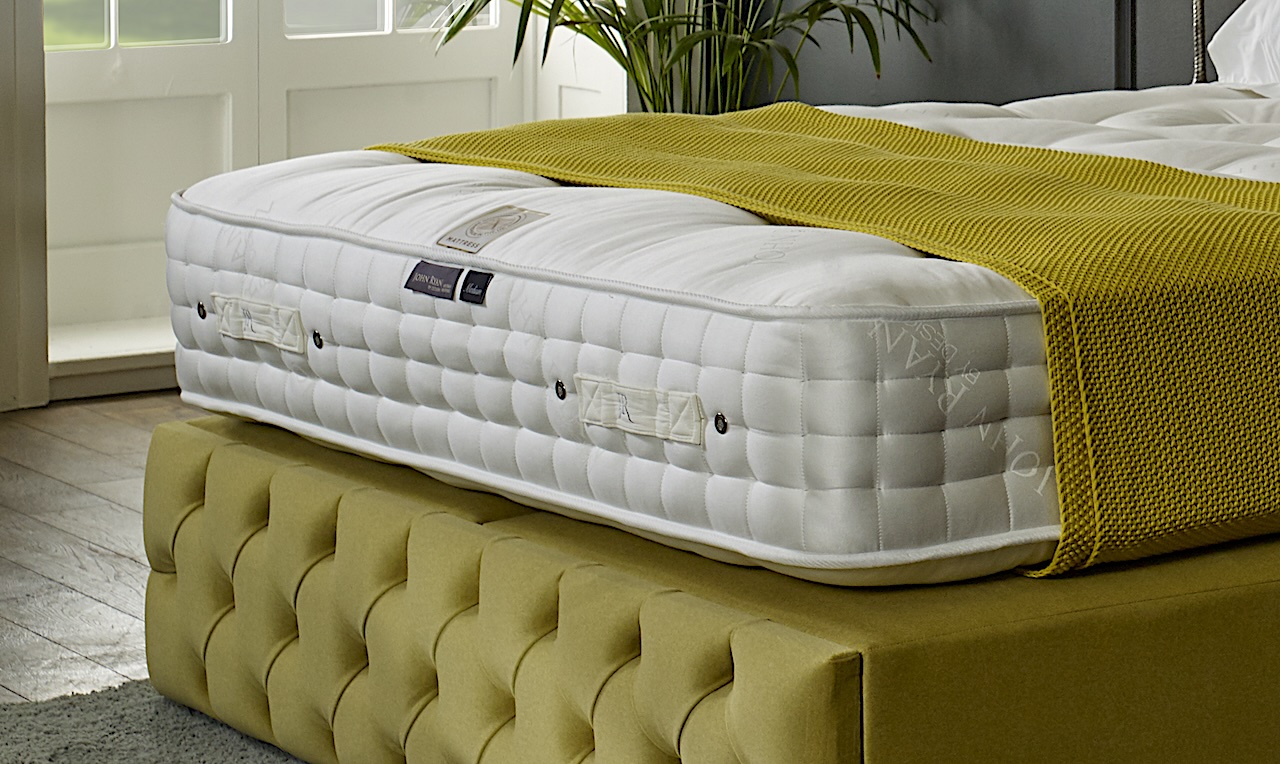
Is napping good for you?
Napping has been proven to help increase concentration, feelings of calm and productivity. So the answer is, yes, napping is good for you. Now, not everyone has the luxury of being able to nap, and some people tend to avoid daytime sleeping, which we can understand. This guide will cover all bases, whether you can or cannot nap during the day. But before we do, let’s look closer at why napping is good for you.
1. Increases Productivity
Feeling sluggish at work? A power nap can boost efficiency and concentration, helping you power through the rest of your day without relying on caffeine.
2. Improves Heart Health
Research suggests that napping can lower blood pressure and reduce the risk of heart disease. A short rest gives your cardiovascular system a well-needed break.
3. Boosts Immune Function
Lack of sleep weakens your immune system. A quick nap helps restore immune function, keeping you healthier and more resilient.
4. Enhances Emotional Stability
Power naps regulate mood by increasing serotonin levels, reducing irritability, and improving overall emotional resilience.
5. Helps with Weight Management
Sleep deprivation leads to cravings and poor dietary choices. A quick nap can reduce hunger hormones, helping you make healthier food choices.
Beyond mental performance, power naps contribute to overall health and well-being. They help regulate stress by reducing cortisol levels, improve cardiovascular health by lowering blood pressure, and even support immune function.
Unlike relying on caffeine or sugar for an energy boost, which can lead to crashes later, a well-timed nap provides a natural, restorative effect. Incorporating power naps into a daily routine can be a game-changer for busy professionals, students, and anyone looking to optimize their mental and physical performance.
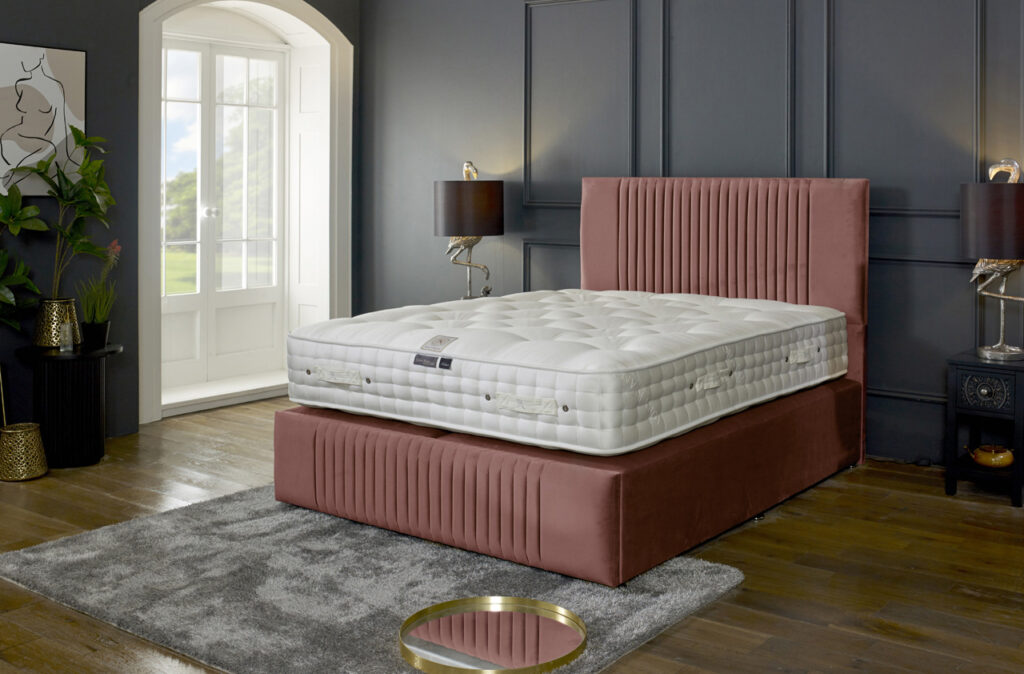

How to Take the Perfect Power Nap
To make the most of your nap, follow these simple guidelines.
- Keep it short – Aim for 10-30 minutes to prevent grogginess.
- Nap in the early afternoon – Ideal times are between 1-3 PM to align with your body’s natural dip in energy.
- Create a restful environment – A quiet, dark, and cool space promotes better relaxation.
- Use an alarm – Set a timer to ensure you don’t oversleep.
- Experiment with caffeine naps – Drinking a cup of coffee before your nap can give you an extra boost when you wake up, as caffeine takes about 20 minutes to kick in. Perfect before that Zoom call or deadline that’s approaching for that work presentation!
Alternatives to taking a power nap
If power napping isn’t an option at work, then does that mean you can’t enjoy the benefits of other concentration-boosting activities? Not all all. If you work in an office, on a building site or in a role that doesn’t lend itself to a quick snooze during the afternoon, there are other ways you can help refresh your mind and concentration. Here are some practical alternatives to recharge your energy and boost productivity without hiding in the toilets for a quick 15 min power nap!
1. Take a Walk 🚶♂️
A short walk, especially outdoors, increases blood circulation, oxygenates the brain, and improves focus. Even a 15 min walk outside the office or place of work with your phone on silent and out of your hands works wonders. This disconnect from mobile phones and devices can help give your mind a much-needed break!
2. Try Deep Breathing Exercises 🌬️
Practising box breathing (4-4-4-4 method) or diaphragmatic breathing helps reduce stress and refresh your mind allowing clearer thinking and a slower heart rate.
This method involves four equal steps, each lasting four seconds:
- Inhale deeply through your nose for four seconds, filling your lungs completely.
- Hold your breath for four seconds, allowing oxygen to circulate.
- Exhale slowly through your mouth for four seconds, releasing tension.
- Pause and hold for four seconds before starting the cycle again.
3. Use the 20-20-20 Rule 👀
Every 20 minutes, look at something 20 feet away for 20 seconds to reduce eye strain and mental fatigue. Not heard of the 20-20-20 rule? Let us explain why it’s as good as a power nap for your mental clarity and concentration during the day.
The 20-20-20 rule is a simple yet effective technique designed to reduce digital eye strain and prevent fatigue caused by prolonged screen use. The rule suggests that every 20 minutes, you should take a 20-second break and look at something 20 feet away. Here’s why it works:
A) Reduces Eye Strain 👀
Staring at screens for extended periods overworks the eye muscles, leading to discomfort, dryness, and headaches. The eye muscles relax by shifting focus to a distant object, preventing strain.
B) Prevents Digital Fatigue 🧠
Constant screen use can cause mental exhaustion and reduced productivity. A short break allows the brain to reset, improving concentration and focus.
C) Minimizes Dry Eyes 💧
When we look at screens, we blink less frequently, which can cause dryness and irritation. Looking away encourages normal blinking, keeping the eyes lubricated.
D) Supports Long-Term Eye Health 🌿
Regular breaks reduce the risk of myopia (nearsightedness), linked to excessive close-up work without breaks. The rule helps maintain a healthy balance between near and far vision.
4. Stay Hydrated 💧
Dehydration can cause fatigue. Drinking water keeps energy levels steady and prevents sluggishness. If water is not your thing, then why not consider the myriad of caffeine-free herbal teas to help you stay hydrated during the day?
5. Have a Healthy Snack 🥑
Foods like nuts, fruit, or dark chocolate provide a natural energy boost without the crash of sugary snacks.
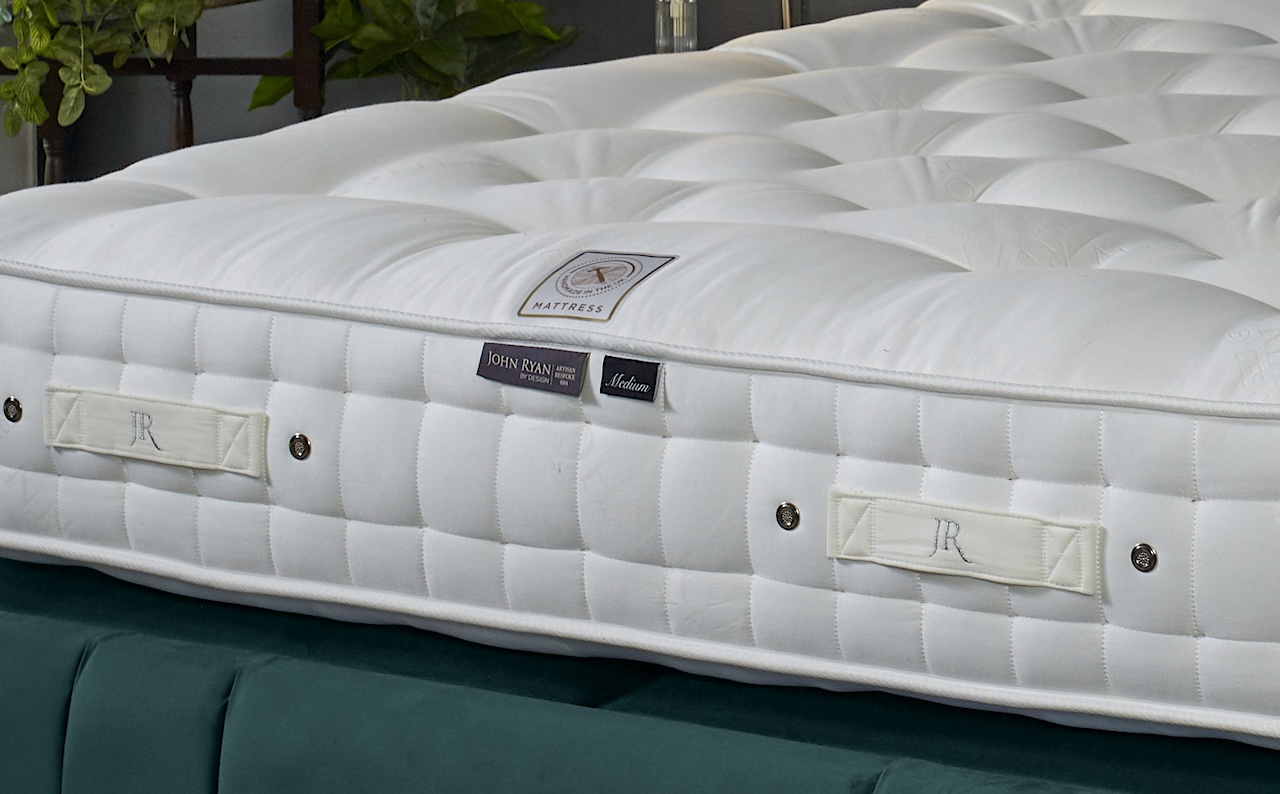
6. Stretch or Do Light Exercise 🏋️♀️
Simple desk stretches or squats can relieve tension and enhance circulation, keeping you alert. If you feel self-conscious doing this at your desk, why not take a walk? If there’s a quiet place nearby, then the odd stretch or light exercise can help perk up your mental agility in the day in place of a power nap.
7. Listen to Uplifting Music or White Noise 🎵
Music can help reset your focus, while white noise or nature sounds create a calming atmosphere.
8. Use Aromatherapy 🌿
Scents like peppermint, citrus, or eucalyptus can stimulate the senses and boost mental clarity. Aromatherapy is also a great way to get to sleep at night!
9. 2 Minute Mindfulness 🧠
A short mindfulness exercise or meditation session can help reset your brain and improve concentration during the day instead of a power nap. This is especially useful if you work in a busy office block. Taking yourself off to a quiet bench or corner for a few minutes can work wonders for a quick body scan meditation.
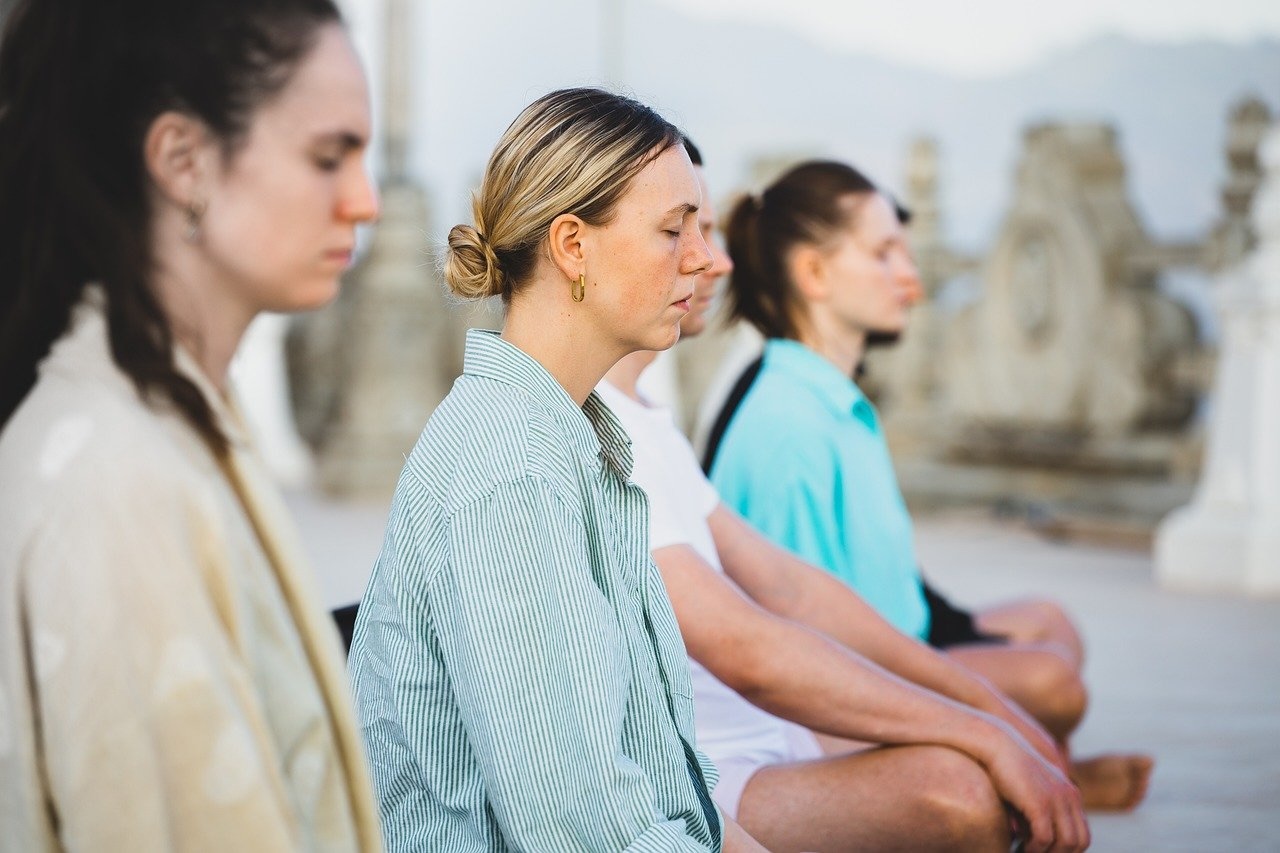
Here’s a simple 2-minute mindfulness exercise you can try to centre yourself and calm your mind:
Common Power Nap Mistakes to Avoid
While we love a power nap here at John Ryan By Design, there are a few common mistakes in power napping. Mainly when a power nap becomes a full-blown night’s sleep, which can seriously disrupt your sleep stages and patterns. Power napping does need to be a nap, not a serious sleep session. I’ts important you don’t end up disrupting your circadian rhythms with excessive or poorly timed power naps.
The most common mistakes when it comes to naps and power naps are:
- Napping too long – Anything over 30 minutes can leave you groggy.
- Napping too late – Late naps can interfere with nighttime sleep.
- Skipping naps when needed – If you’re feeling drained, don’t ignore your body’s signals.
Choosing the Right Mattress: The Three Key Factors to Consider
We’ve discussed power naps in detail, but what about your actual nighttime sleep patterns? It’s no good to grab 15 minutes in the middle of the working day if your nighttime sleep is disturbed by poor sleep hygiene or the wrong mattress. Let’s discuss how you can check if you have the right mattress to help you get the best night’s sleep.
When it comes to investing in a new mattress, it’s essential to understand that not all mattresses are created equal. A well-chosen mattress can improve sleep quality, alleviate discomfort, and support your body for years to come. However, with so many options available, it’s easy to get overwhelmed.
Here at John Ryan By Design, we break mattress selection down into three fundamental factors: mattress spring tension, mattress upholstery, and mattress comfort tension. Understanding these elements ensures you find the perfect fit tailored to your body weight, sleeping style, and comfort preferences.
1. Mattress Spring Tension: The Foundation of Support
The spring tension is the primary factor determining how well a mattress supports your body. Contrary to popular belief, spring tension is not about firmness—it’s about structural support. Your body weight plays a crucial role in determining which spring tension is best for you.
- Soft Tension (up to 10 stone / 63kg): Designed for lighter individuals, soft tension springs allow for more give, ensuring the mattress contours to the body without causing excessive pressure points.
- Medium Tension (10-16 stone / 63-101kg): This is the most common choice, providing a balanced level of support and comfort suitable for most sleepers.
- Firm Tension (16 stone+ / 101kg+): For heavier individuals, firm tension springs prevent excessive sinking and maintain proper spinal alignment.
Choosing the right spring tension ensures that your mattress provides the correct level of support, preventing back pain and discomfort caused by inadequate spinal positioning.
2. Mattress Upholstery: The Comfort Layers
The upholstery layers—also known as the comfort layers—determine how a mattress feels against your body. These layers sit on top of the spring system and play a crucial role in breathability, durability, and comfort.
- Natural Fibers (Wool, Cotton, Horsehair, Cashmere, Mohair): These materials offer superior moisture-wicking properties, breathability, and longevity. They regulate temperature effectively, keeping you cool in summer and warm in winter.
- Synthetic Fillings (Foam, Polyester, Memory Foam): While often cheaper, synthetic materials tend to trap heat and degrade faster over time. They may provide an initial plush feel but lack the durability of natural fibers.
A high-quality mattress will specify the GSM (grams per square meter) of its upholstery. The higher the GSM, the more filling is used, which translates to greater comfort and longevity. Always check this metric when comparing mattresses to ensure you’re getting the best value for your investment.
3. Mattress Comfort Preference: Finding the Right Feel
While spring tension determines support, comfort preference refers to the overall feel of the mattress, influenced by both the spring system and upholstery layers. This is where personal preference comes into play.
- Soft Comfort: Ideal for side sleepers who need extra cushioning for pressure points like the shoulders and hips.
- Medium Comfort: A balanced feel suitable for most sleeping positions, offering a blend of support and softness.
- Firm Comfort: Best for back and stomach sleepers who require a stable sleeping surface to prevent misalignment.
It’s worth noting that you can have a firm-supporting mattress with a soft comfort layer, creating a combination of robust spinal alignment with a luxurious top layer. Similarly, a medium-support mattress with firm upholstery can provide a slightly firmer sleeping experience while still offering adequate support.
Final Thoughts: Creating the Perfect Sleep System
A mattress is not a one-size-fits-all purchase. Understanding the interplay between spring tension, upholstery, and comfort perference ensures that you make an informed decision based on your personal needs.
At John Ryan By Design, we emphasize transparency, quality craftsmanship, and tailoring each mattress to the individual sleeper. Whether you’re seeking plush comfort, firm support, or a perfect balance between the two, these three factors will guide you to a mattress that delivers restorative sleep night after night.
Before making a purchase, take the time to assess your body weight, preferred sleeping position, and material preferences. Investing in the right mattress today means better sleep and better health for years to come.
Power Nap Summary
Power napping isn’t just for the sleep-deprived—it’s a performance-enhancing tool that can improve nearly every aspect of your daily life. The correct daytime nap can work wonders if you need a mental refresh, an energy boost, or a stress reducer. So, the next time you hit that afternoon slump, ditch the extra coffee and take a power nap instead. Your body and mind will thank you!
Having a comfortable and supportive mattress is another key to enjoying a great night’s sleep. At John Ryan, we stock all manner of high-quality mattresses. So, if you think your mattress could contribute to your poor sleep quality (even if it’s only in part), then why don’t you browse our excellent range and see if you can find something that suits you better? And if you have any questions about our products, please don’t hesitate to contact us. Our friendly team of experts will be more than happy to listen to your requirements and help you to choose the mattress that will work best for you.
Do you power nap? If so, how has it changed your day? Let me know in the comments!
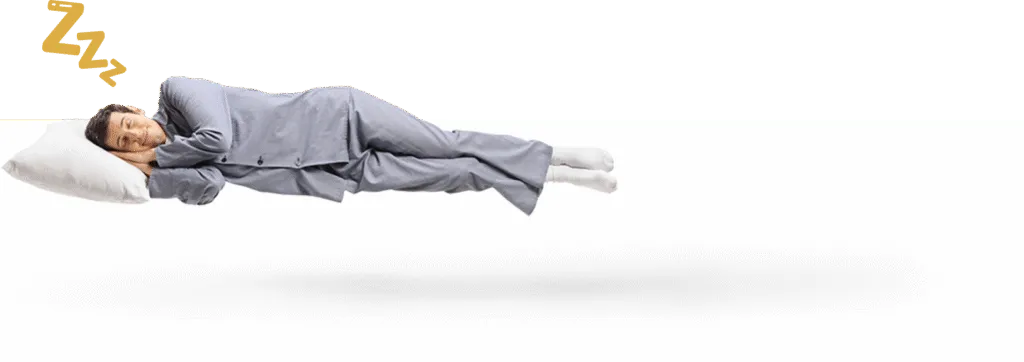
Dreaming of the perfect nights sleep?
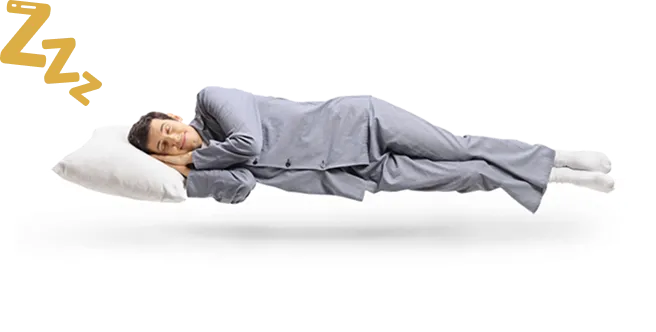
Ask us a question
There are over 6000 questions and answers submitted by you on all questions about mattresses and bed problems. Enter a keyword such as Vi Spring, John Lewis beds, bad back or Memory Foam and see if your question has already been answered.
If you can’t find an answer in knowledge hub, ask a new question. We aim to respond to all questions within one working day.
Newsletter
Enter your email to join our newsletter. We’ll send you occasional news and mattress expertise.

